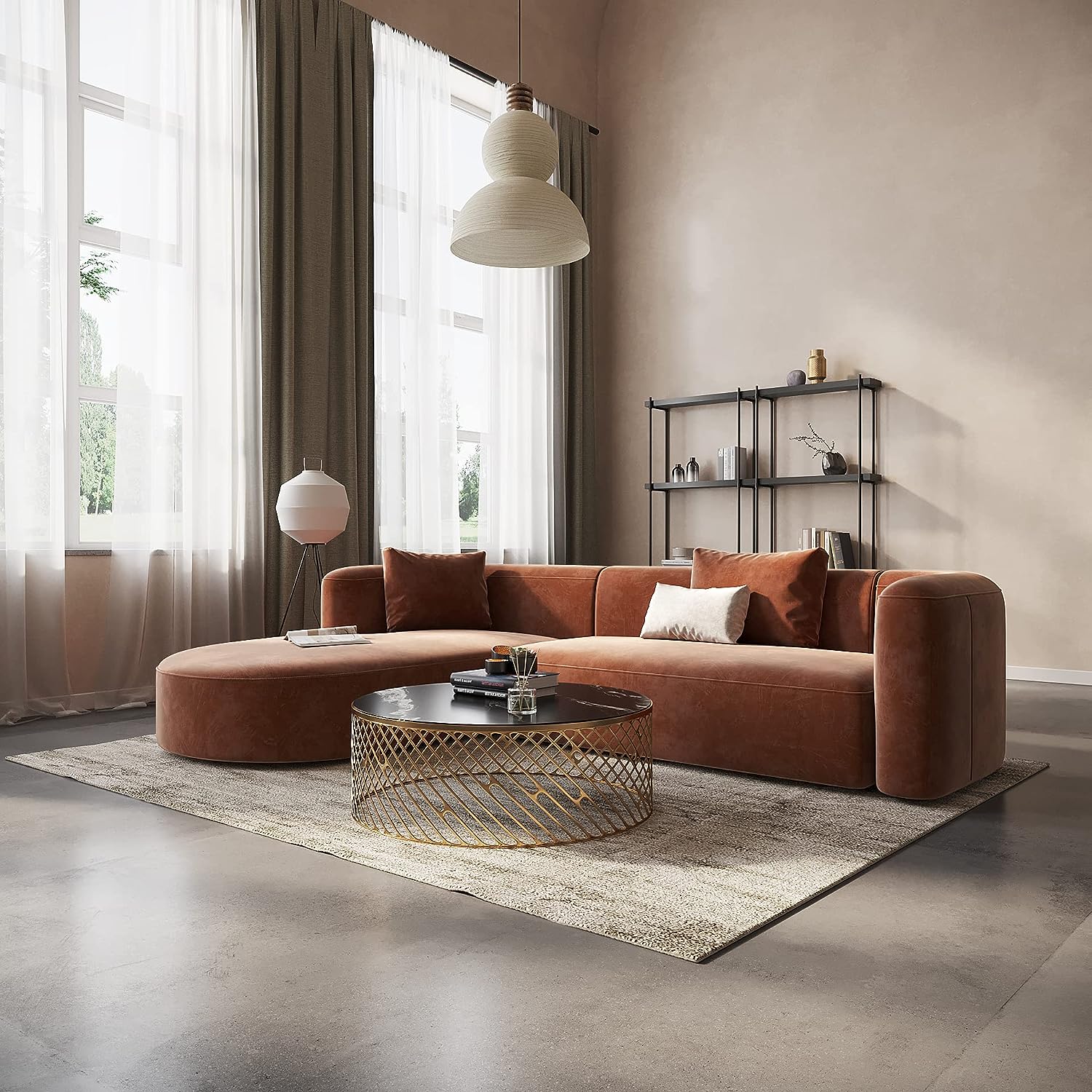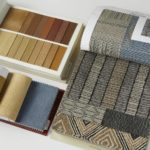Embarking on the exciting journey of selecting the perfect sofa for your home is not just a shopping expedition; it’s a transformative experience that promises to redefine your living space, elevate your comfort, and showcase your impeccable taste. Our comprehensive buying guide for sofas is your passport to this extraordinary adventure, offering a curated wealth of insights, expert advice, and design inspiration to help you discover the sofa of your dreams, tailor-made to match your unique style, requirements, and preferences. Whether you’re seeking a sleek, modern statement piece, a cozy and traditional centerpiece, or a versatile multifunctional solution, our guide will empower you to make a choice that seamlessly blends form, function, and aesthetics. Prepare to immerse yourself in the world of sofas, where every seating option becomes an opportunity for personal expression and the creation of inviting, harmonious living spaces that reflect your individuality.
|| Sofa Types ||
Straight Sofas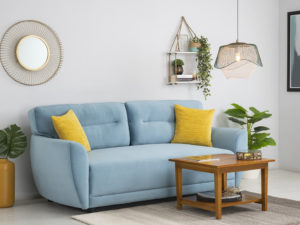
Regular sofas with varying seating capacity. Usually, all seats are placed in a straight line, next to each other. These are the most popular type of sofas and are suitable for all living spaces – small or large, formal or informal.
Sectional Sofas
L-shaped sofa having 2 or 3 straight seats and a detachable lounger on either right or left side. Lounger is a sofa seat with long length, often used to sit with your feet up
LHS Sectional and RHS Sectional: If you are seated on the sofa, The side where the longer is defines the LHS or RHS. If the lounger is on your left when you are seated, it’s called LHS Sectional. Whereas, if the lounger is on your right, it will be RHS Sectional.
Sectionals are perfect to create a relaxed set-up. If space is a constraint, Sectionals are great to optimize seating capacity.
Corner Sofas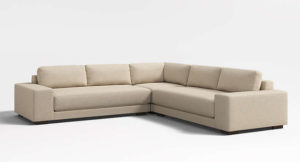
Sofas in L-shape with 2 or 3 eats on each side of the L or Sofas in C-shape with seats spanning around the C shape.
Chaise Loungers
Typically, a seat for only 1 person, Chaise Lounger is a chair which is stretched
so that you can sit with your feet up. Chaise loungers
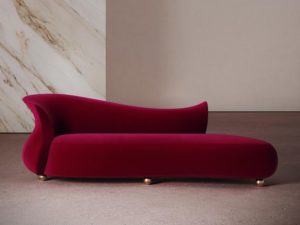
usually have armrests only on one end and have a sloping back. Chaise Loungers are ideal for relaxed settings in living rooms or bedrooms, and can serve as extra seating in compact spaces
You can create your own combinations or sets with the various types of sofas. Some popular combinations are
• 3 Seater + 2 Seater + 1 Seater
• 3 Seater + 1 Seater (2 Nos)
• Sectional Sofa + 1 Seater
|| The Sizes ||
3 Seater Sofa
Seats 3 people comfortably. Min seating width (without the armrest) should be 66”(168 cm) Overall Width can range from 70” to 87”
2 Seater Sofa
Seats 2 people comfortably. Min Seating width (without the armrest) should be 48” (122 cm) Overall Width can range from 48” to 69”
1 Seater Sofa
Comfortable seat for 1 person. Min Seating width (without the armrest) should be 22” (56 cm). Overall width can range from 24”to 47”
Section Sofa Lounger
Lounger seating width without the armrest should be min 22” (56 cm) Overall width can range from 24” to 42”
Standard Depths (from the very front to the very back)
Sofas
Ranges from 32” to 40”
Sectional Lounger
Ranges from 45” to 75”
Chaise Lounger
Ranges from 30” to 84”
Standard Seating Depth
Ranges from 20” to 35”
Standard Height (from the floor to the top of the backrest)
Ranges from 26” to 40”
Standard Seating Height (from the floor to the top of the seat)
Ranges from 16” to 24”
|| Sofa Materials ||
Sofa Frames
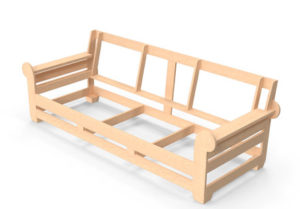
The frame is what gives structure and strength to the sofa. Usually, the main frames are made of solid wood (Meranti Wood, Rubberwood, Pine etc.) The back, arms are made using Engineered wood (Plywood, MDF etc.)where the cushioning is done.
Sofa Cushioning & Fill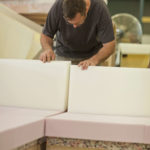
Fill is the deciding factor for how soft or firm the sofa feels. Most sofas use foam as the main fill material. If you like a soft, sink-in kind of sofa, select a foam with lower density. If you want the sofa to be firm and provide good support, go for higher density foam.
The foam is usually supported by different types of springs and elastic belts.
• High Resilience (HR) Foam: Excellent foam for Sofas which offer resilient yet strong support. Available in various densities from Very soft to firm
• Polyurethane (PU) Foam: PU foam has a broad range of load-bearing capability and resiliency. Multiple layers of foam can provide suitable firmness.
Fabric
Most versatile upholstery material, fabric sofas are comfortable, economical, and easy to maintain. A variety of fabrics are used for upholstery. You can choose from:
• Cotton Blend: Has a mix of natural cotton and Polyester. Provides soft feel and is easy to maintain
• Polyester: Synthetic fabric which is very well suited for families with pets. Strong & Durable, polyester fabric is available in a range of colours & textures
• Velvet: Has a luxurious and indulgent look. Can be made from cotton or polyester or a blend. Velvet is a little high-maintenance material, perfect for plush settings
Leatherette
Economic alternative to leather, Leatherette is a synthetic material with a leather-like look & feel. Comes in a range of colours and textures, Leatherette is easy to clean and maintain.
